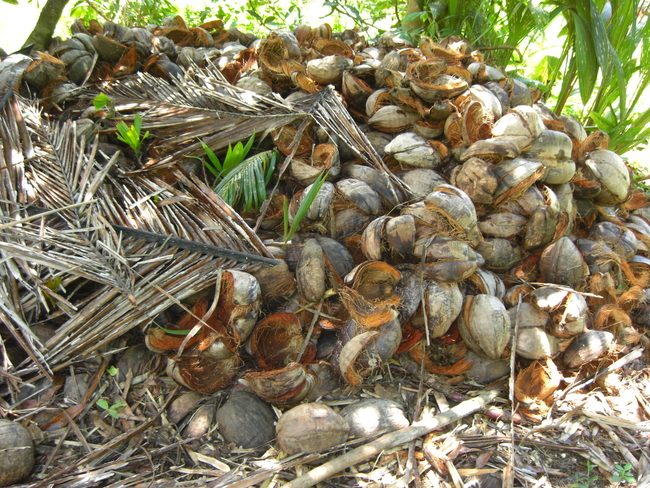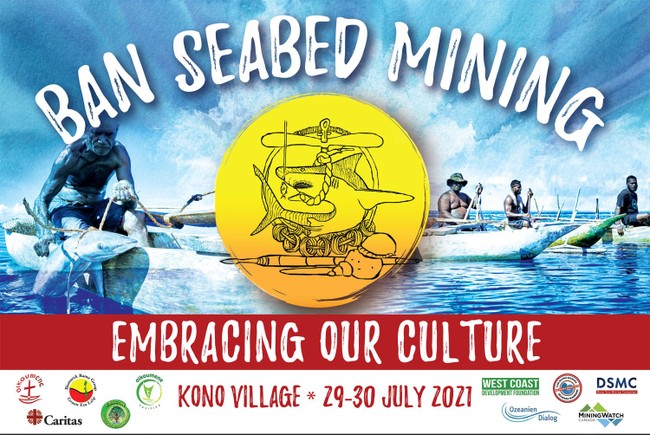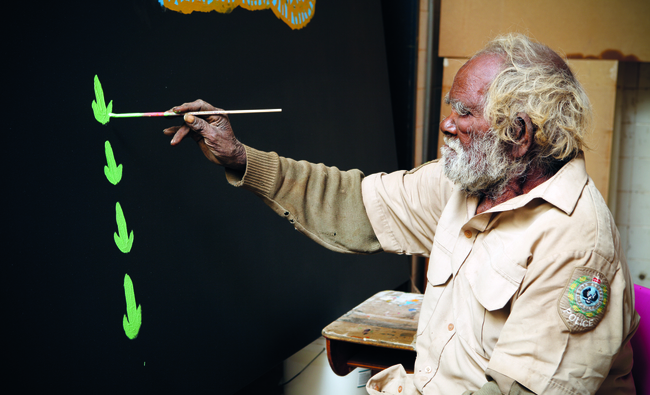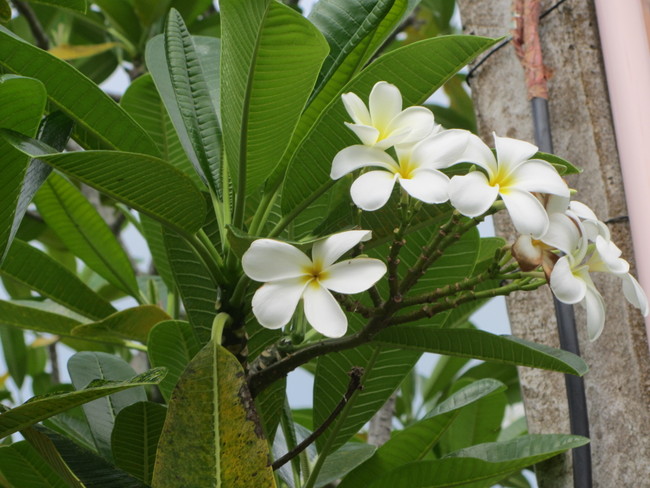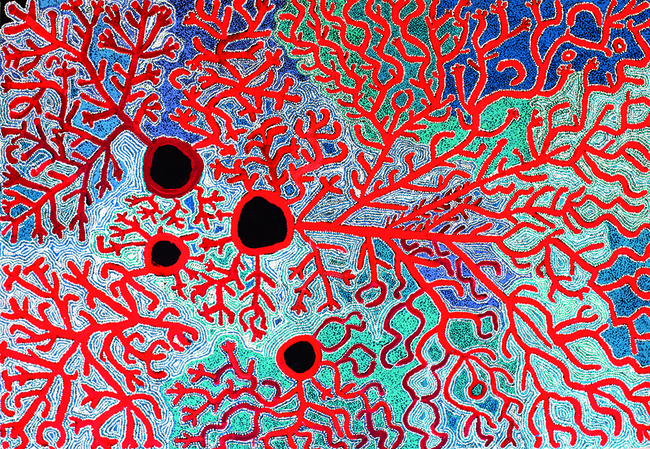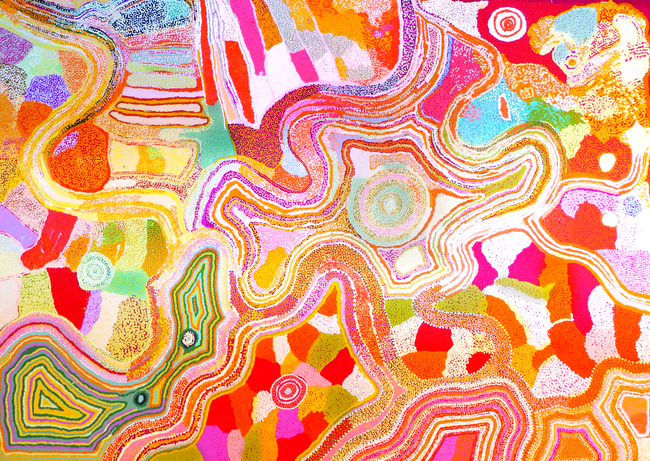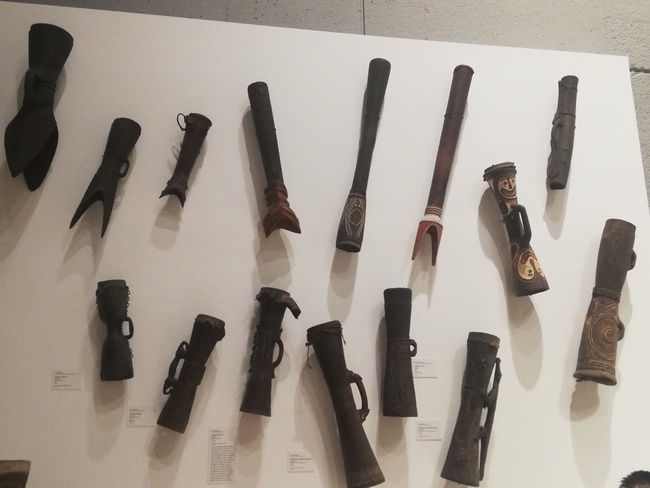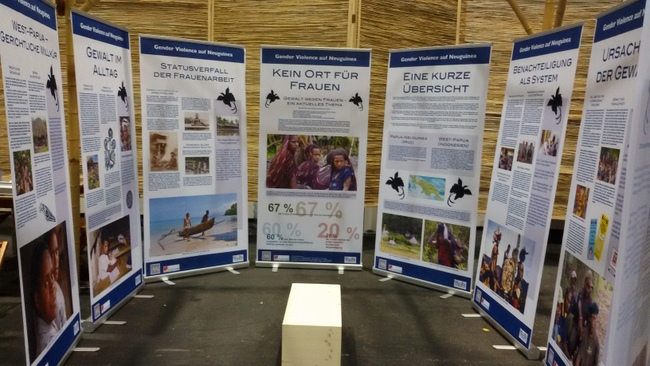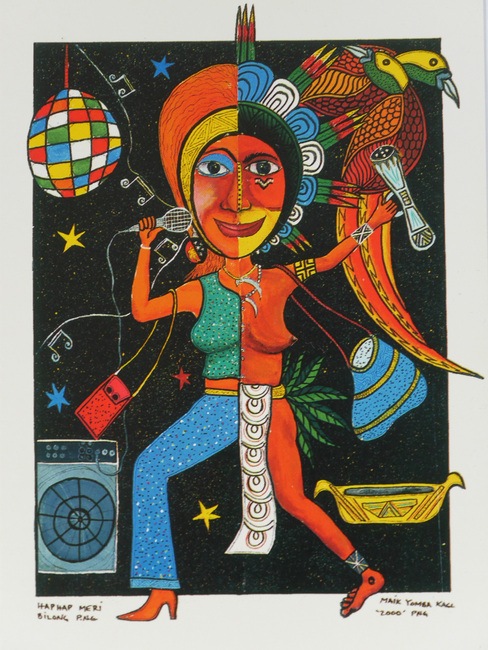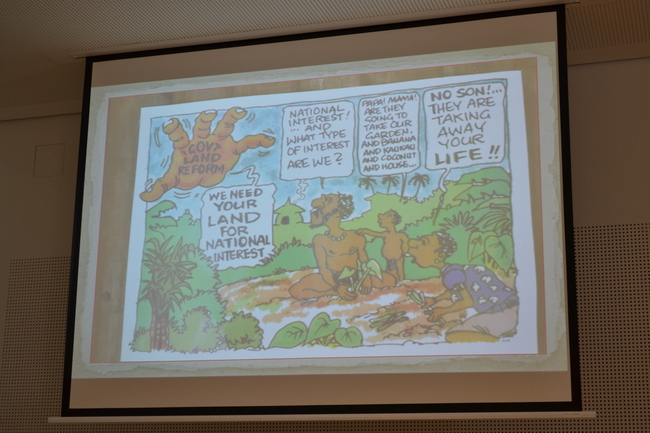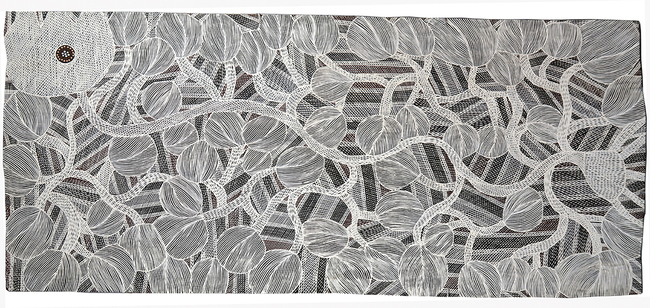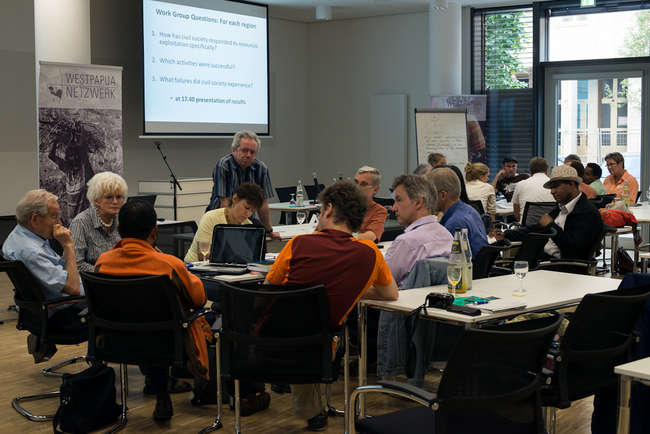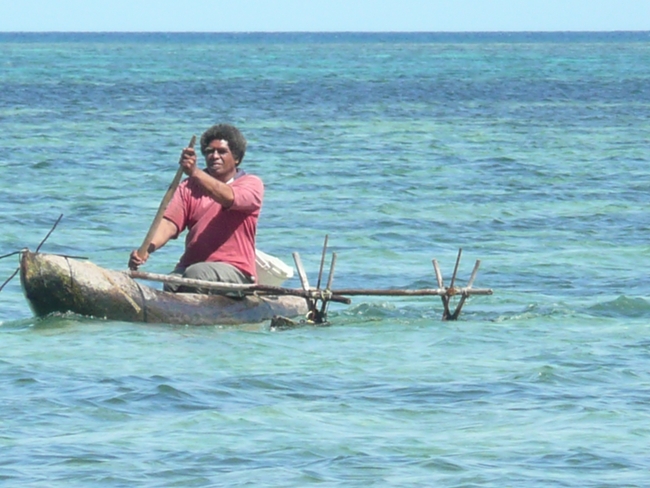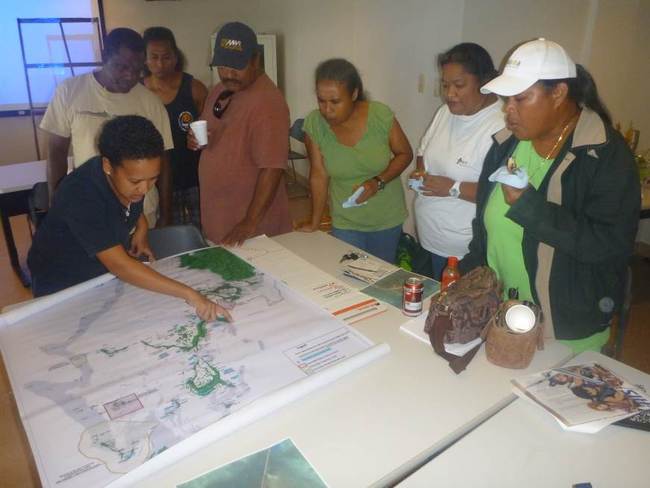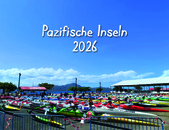A Pacific Island Prefers Chinese Investment to U.S. Welfare
05.04.2013: Artikel über Yap
Quelle: Neil Mellen, im: The Wall Street Journal (U.S. Edition) , 2. April 2013, Seite A13
A Micronesian island of about 39 square miles in the western Pacific will in the coming years become a destination for Chinese tourists if a massive resort complex proceeds as planned. The island, called Yap, is part of the Federated States of Micronesia and is strategically located at the crossroads of the Pacific, 500 miles southwest of the major U.S. military bases on Guam.
There are likely to be significant cultural, environmental and economic side effects from the project proposed by Chinese real-estate developer Deng Hong and his Exhibition and Travel Group, or ETG. Certainly a 4,000-room casino-and-golf complex would transform Yap. Yap State, a group of islands with a total population of 11,000, is one of the world’s most isolated and traditional societies.
There will also likely be a shift of influence as the Chinese take de facto control over an airport and seaport—both will undergo major improvements for the development—at the heart of a region once termed “the American Pacific.” The region is one that the post-World War II Pentagon promised would never again be ceded to foreign influence, as it had been to the Japanese in 1917.
Americans will be tempted to focus on growing Chinese influence in a former U.S. client state and strategic ally. Yet the real lesson is about America’s 75-year failure to export one of its greatest assets: free-market capitalism. Since 1945, the U.S. has seemed to direct little more than state socialism to Micronesia and the rest of the American-affiliated Pacific.
The many billions of dollars sent to Micronesia in direct foreign aid was intended to finance the development of economic and political systems across these remote islands and atolls. The Micronesians have instead used the aid to feed a government bureaucracy that mirrors the worst excesses and inefficiencies of the U.S. Department of the Interior, the agency that controls most of the aid.
The sad result is a huge, U.S.-funded Micronesian public sector that crowds out economic development. This has ensured the perpetual dependency of the people, like the Yap islanders, on the state and federal government of the Federated States of Micronesia.
So oppressive is the bureaucracy that the World Bank estimates it takes a year and a half’s worth of personal income—spent, for instance, on licensing and attorney fees—to open a small business in Micronesia. In 2013, the bank ranked Micronesia second-worst in the world (behind East Timor) in policies for land registration. The difficulty of recording and holding assets that will be protected under law makes credit virtually unobtainable. The public sector is effectively the sole source of jobs, services, benefits and entitlements—unless Micronesians migrate to Hawaii or Guam (where they are eligible for entitlements on par with native-born U.S. citizens) or enlist in the U.S. military (a career option opened by the “free association” status between the U.S. and Micronesian state governments).
There is no more telling indictment of U.S. policy than the Chinese resort complex planned for Yap. Certain key decision makers publicly justified the deal under the banner of free-market development. Advocates of the plan insist that it is a once-in-a-century opportunity to replace aid dependency with economic development. In short, they are trading in U.S. government handouts—which are scheduled to end in 2023—for the wide-open promise of Chinese-style capitalism.
The U.S. could have spent the past seven decades working with Micronesians to develop modern property rights and an adherence to the rule of law. Washington could have given them the tools to envision and pursue the political and economic future of their own design. Instead the U.S. has devoted itself to keeping the lights on in countless cinder-block government buildings and handing out cheap perishables such as rice and Spam.
The Chinese plan for Yap is not universally popular on the island, where locals still use stone money and dugout canoes. That is particularly true among villagers outside the town center of Colonia, citizens of the more remote municipalities, and peoples from the nearby Outer Islands. Still, the project offers something other than the stagnation and nurtured self-pity of the status quo.
Über den Autor: Mr. Mellen was a Peace Corps volunteer in Yap State from 2002-05. He is the president of “Habele,” a U.S.-based nonprofit serving kindergarten through 12th-grade-age students across Micronesia.
